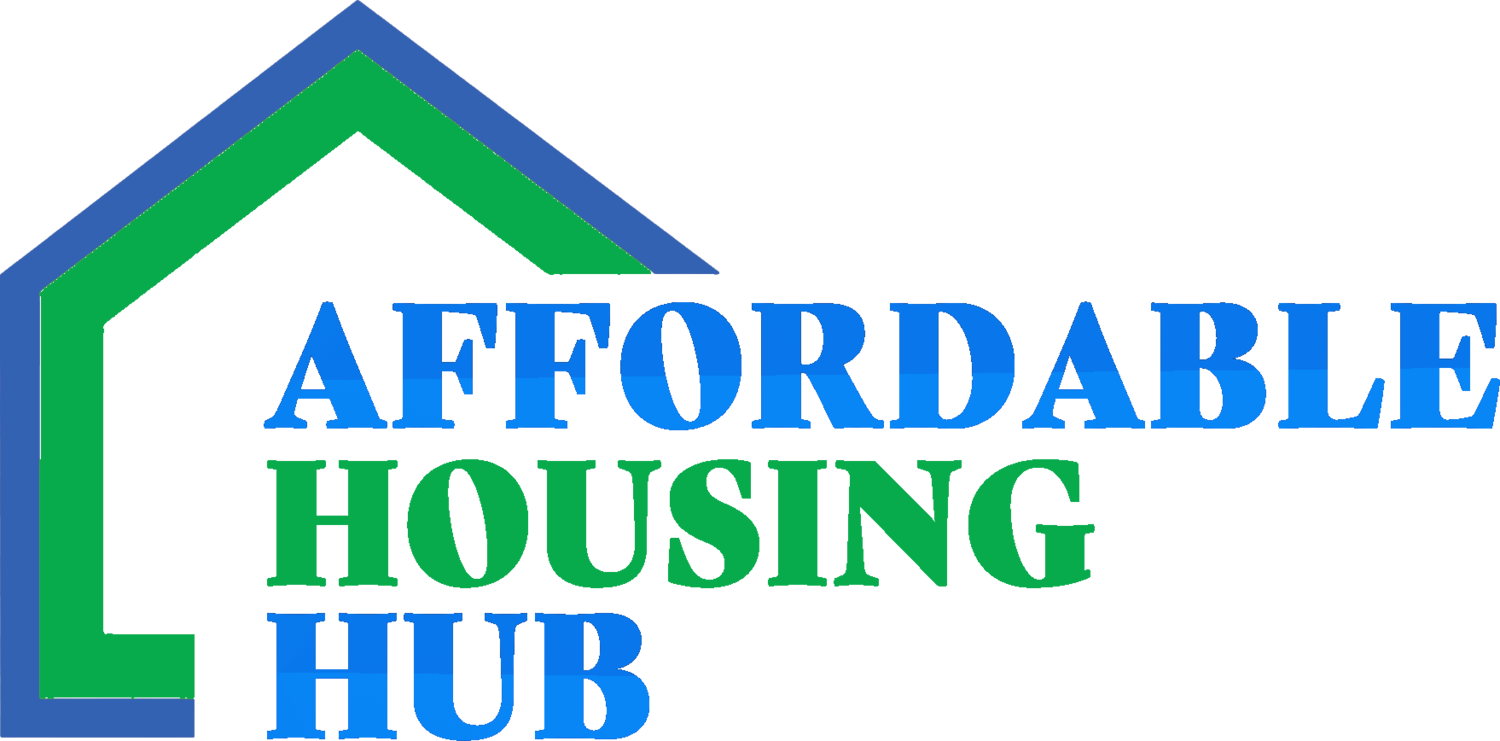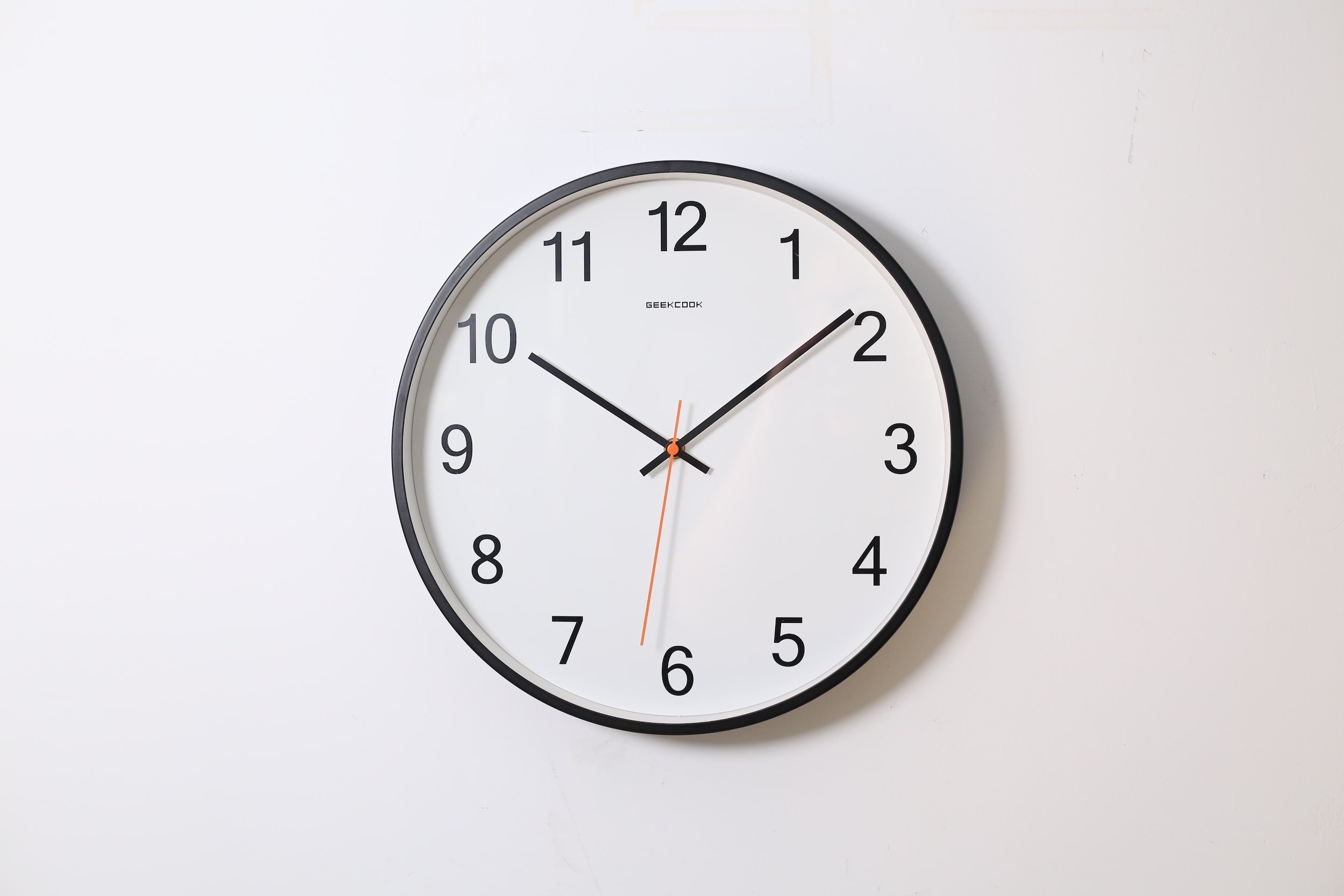South Dakota Section 8 Housing
/Affordable housing in South Dakota remains a pressing concern in 2026, with rental costs continuing to rise across many parts of the state. According to the National Low Income Housing Coalition, the state faces a significant gap in affordable rental units for extremely low-income households.
Programs like the Section 8 Housing Choice Voucher Program are essential in addressing this crisis, but they can be hard to navigate without guidance. Let's dive into the details to walk you through everything.
Who Qualifies for Section 8 Housing in South Dakota?
Eligibility for Section 8 in South Dakota is based on specific criteria aimed at helping those in greatest need:
Income Limits: Households must earn less than 50% of the Area Median Income (AMI). Priority is often given to those earning 30% or less of the AMI. Income limits vary by county and household size.
Residency and Citizenship: At least one household member must be a U.S. citizen or hold eligible immigration status.
Rental History: Rental history is reviewed by local housing authorities, and factors such as recent evictions or outstanding debts to landlords may affect eligibility.
Background Check: Applicants must pass a criminal background screening. Recent drug-related or violent offenses may lead to disqualification.
Priority Groups: Households with elderly or disabled members, veterans, and those facing homelessness or severe rent burdens may receive expedited assistance.
The Section 8 program is funded by the federal government and demand for rental assistance often exceeds the available resources. As a result, many eligible applicants may be placed on a waiting list for rental assistance.
What is the Maximum Amount of Rent That Section 8 Will Pay in South Dakota?
The Section 8 housing program in South Dakota provides rental assistance to eligible low-income families and individuals. The amount of rental assistance provided by the program is based on the Fair Market Rent (FMR) for the area in which the rental unit is located. The FMR is determined by the Department of Housing and Urban Development (HUD) and is based on the average rent for a given area.
Under the Section 8 program, households generally contribute about 30% of their monthly adjusted income toward rent and utilities, with the voucher covering the remaining approved amount. However, the program is subject to HUD payment standards that are based on Fair Market Rents and may vary by housing authority. If the rent for a unit is higher than the FMR, the tenant will be responsible for paying the difference.
Fair market rent is not the same as the actual rent for a unit. Landlords can charge more or less than the FMR for a rental unit. However, if the rent is more than the FMR, the tenant will be responsible for paying the difference.
Income Limits for Section 8 Housing in South Dakota
To be eligible for Section 8 housing in South Dakota, applicants must meet certain income limits. The income limits are based on the area median income (AMI) for the county or metropolitan area in which the rental unit is located, as well as the size of the household. The income limits are set by HUD and are adjusted annually to account for changes in the cost of living.
In South Dakota, the income limits for Section 8 housing vary depending on the county in which the rental unit is located and the number of people in the household. However, the following table shows the current statewide average income limits:
It's important to note that the income limits for Section 8 housing are different from the poverty guidelines set by the federal government. The income limits for Section 8 housing are higher than the poverty guidelines, which means that some families and individuals who are not considered poor may still be eligible for rental assistance through the program.
Fair Market Rents for Section 8 Housing in South Dakota
Fair Market Rents (FMR) are the gross rents (rent plus utilities) for rental units in a particular geographic area that are determined by the Department of Housing and Urban Development (HUD). The FMR for a given area is based on the average rent for that area, and is used to determine the amount of rental assistance provided by the Section 8 program in South Dakota.
The FMR is used to set the maximum amount of rental assistance that a Section 8 tenant can receive. The amount of rental assistance provided by the program is based on the difference between the FMR for a particular area and 30% of the tenant's monthly income. For example, if the approved rent for a unit is within the local payment standard and a tenant contributes 30% of their monthly income, the voucher covers the remaining eligible portion of the rent.
How Do I Apply for Section 8 Housing in South Dakota?
To apply for Section 8 housing in South Dakota, follow these steps:
Find Your Local Housing Authority: Major housing authorities include:
Complete the Application: Provide detailed information about your household size, income, and rental history.
Submit Required Documentation: Include proof of income, identification, and other supporting materials as requested.
Await Placement: Eligible applicants are placed on a waiting list if vouchers are not immediately available.
Tips for Completing the Application:
Be thorough: Make sure to answer all questions on the application accurately and completely.
Gather required documentation: The housing authority will require documentation to verify your eligibility, such as proof of income and citizenship or immigration status. Make sure to gather all required documentation before submitting your application.
Follow up with the housing authority: After submitting your application, follow up with the housing authority to ensure that they have received it and that all required documentation has been submitted.
Be patient: The Section 8 program is often oversubscribed, which means that the waiting list for rental assistance can be long. Be patient and continue to follow up with the housing authority for updates on your application status.
South Dakota Housing Authorities
The Section 8 housing program in South Dakota is administered by local housing authorities. These housing authorities are responsible for determining eligibility for the program, providing rental assistance to eligible tenants, and working with landlords to ensure that rental units meet program requirements.
There are several housing authorities in South Dakota that administer the Section 8 program. The following list shows Housing Authorities in South Dakota and includes their contact information.
| Housing Authority | Contact Information | Visit Website |
|---|---|---|
| Aberdeen Housing Authority | 20 3rd Ave SE, Aberdeen, SD 57401 (605) 225-0182 |
Visit Website |
| Belle Fourche Housing and Redevelopment Commission | 6th Ave & Tyler St, Belle Fourche, SD 57717 (605) 892-2456 |
Visit Website |
| Brookings Housing Authority | 525 6th Ave, Brookings, SD 57006 (605) 692-3766 |
Visit Website |
| Huron Housing Authority | 185 3rd St SW, Huron, SD 57350 (605) 352-1043 |
Visit Website |
| Rapid City Housing and Redevelopment Commission | 333 Kansas City St, Rapid City, SD 57701 (605) 394-5350 |
Visit Website |
| Sioux Falls Housing and Redevelopment Commission | 300 W 3rd St, Sioux Falls, SD 57104 (605) 332-0704 |
Visit Website |
| Watertown Housing Authority | 901 4th St NW, Watertown, SD 57201 (605) 882-6240 |
Visit Website |
The role of the housing authorities in the Section 8 program is to ensure that eligible low-income families and individuals have access to safe, decent, and affordable housing. The housing authorities work with landlords to ensure that rental units meet program requirements, such as passing a housing quality inspection. They also work with tenants to ensure that they are receiving the appropriate amount of rental assistance and that they are maintaining their eligibility for the program.
Landlords who participate in the Section 8 program in South Dakota benefit from a stable source of rental income and the assurance that their tenants are able to pay their rent on time. The housing authorities provide rental assistance directly to the landlord, making the rental process more efficient and ensuring that the tenant is able to maintain their housing stability.
Tenants who participate in the Section 8 program in South Dakota benefit from rental assistance that makes it easier for them to find and maintain affordable housing. The program provides a stable source of rental assistance, making it easier for tenants to pay their rent on time and avoid eviction. The program also allows tenants to choose where they live, giving them greater freedom and flexibility in their housing choices.
Section 8 Housing South Dakota Waiting List
The Section 8 program in South Dakota often has a waiting list for rental assistance due to high demand for affordable housing. Once an applicant has submitted their application and all required documentation, they may be placed on a waiting list for rental assistance.
Waiting list placement and selection procedures vary by housing authority and may include local preferences or priority categories, such as first come, first served. When rental assistance becomes available, the housing authority will contact the next person on the waiting list to offer them rental assistance.
The following list shows the current status of waiting lists in South Dakota.
| Housing Authority | Waiting List Status |
|---|---|
| Aberdeen Housing Authority | Closed |
| Belle Fourche Housing and Redevelopment Commission | Open |
| Brookings Housing Authority | Closed |
| Huron Housing Authority | Closed |
| Rapid City Housing and Redevelopment Commission | Open |
| Sioux Falls Housing and Redevelopment Commission | Open |
| Watertown Housing Authority | Closed |
| Mitchell Housing Authority | Closed |
Applicants can check their waiting list status by contacting their local housing authority. The housing authority can provide information on where an applicant stands on the waiting list and an estimated wait time for rental assistance.
Tips for Staying on the Waiting List and Increasing Your Chances of Receiving Rental Assistance:
Keep your contact information up-to-date: Make sure that the housing authority has accurate and up-to-date contact information so that they can reach you when rental assistance becomes available.
Respond promptly to requests from the housing authority: If the housing authority contacts you to offer rental assistance, make sure to respond promptly and provide any required documentation.
Explore other low-income housing options: While on the waiting list for Section 8 housing, consider other low-income housing options, such as public housing or affordable housing units.
Notify the housing authority of any changes in income or household size: If your income or household size changes while on the waiting list, notify the housing authority so that they can update your eligibility status.
Be patient: The waiting list for Section 8 housing in South Dakota can be long, so it's important to be patient and continue to follow up with the housing authority for updates on your status.
Waiting list procedures are determined by individual housing authorities and may differ across jurisdictions. Applicants can check their waiting list status by contacting their local housing authority.
How Long Does it Take to Get Approved for Section 8 in South Dakota?
The timeline for approval of Section 8 housing in South Dakota can vary depending on factors such as the volume of applications and the availability of rental assistance. Processing times vary by housing authority, funding availability, and application volume, and may take several months or longer.
Once an application is submitted, it must be reviewed by the housing authority to determine eligibility. This process can take several weeks or months, depending on the volume of applications and the complexity of the application.
If the applicant is found to be eligible for rental assistance, they may be placed on a waiting list until rental assistance becomes available. The length of the waiting list can vary depending on the demand for rental assistance in the area.
Tips for Expediting the Approval Process
Submit a complete and accurate application: The housing authority can process applications more quickly if they are complete and accurate. Make sure to provide all required documentation and answer all questions accurately.
Follow up with the housing authority: After submitting an application, follow up with the housing authority to ensure that they have received it and that all required documentation has been submitted.
Consider other low-income housing options: While waiting for Section 8 housing, consider other low-income housing options, such as public housing or affordable housing units.
Be patient: The Section 8 program in South Dakota often has a waiting list for rental assistance, which can be long. Be patient and continue to follow up with the housing authority for updates on your status.
Other Low-Income Housing Options in South Dakota
In addition to the Section 8 program, there are other low-income housing options available in South Dakota. These options include housing programs and non-profit organizations that provide affordable housing to low-income families and individuals.
One example of a housing program is the Low-Income Home Energy Assistance Program (LIHEAP), which provides assistance with heating and cooling costs to low-income households. Another program is the HOME Investment Partnerships Program, which provides funding to local governments and non-profit organizations to create affordable housing for low-income families and individuals.
Non-profit organizations such as Habitat for Humanity and Community Action Agencies also provide affordable housing options in South Dakota. Habitat for Humanity builds and rehabilitates homes for low-income families, while Community Action Agencies offer a variety of services to low-income households, including weatherization assistance and emergency rental assistance.
To access these resources, individuals can contact their local government or non-profit organization to inquire about eligibility requirements and application processes. These resources differ from the Section 8 program in that they may have different eligibility requirements and may provide different types of assistance, such as energy assistance or home rehabilitation.
FAQs About Section 8 in South Dakota
How long does it take to get approved for Section 8 in South Dakota?
Approval timelines depend on the local housing authority, funding availability, and application volume. The process typically takes several months to over a year.
Can I choose any rental unit with Section 8?
Yes, as long as the unit passes a HUD inspection, meets housing quality standards, and falls within FMR limits.
What happens if my income changes while on Section 8?
You must report income changes to your housing authority. Rent contributions will be adjusted accordingly.
Understanding Section 8 in South Dakota
As rental costs rise, Section 8 remains a lifeline for low-income households across South Dakota. By understanding eligibility requirements, navigating waiting lists, and exploring alternative housing options, residents can secure stable and affordable homes. For further assistance, visit the Affordable Housing Hub.










